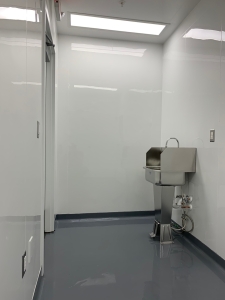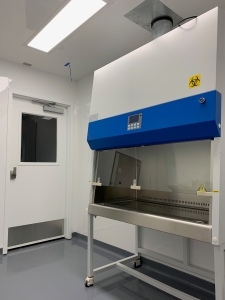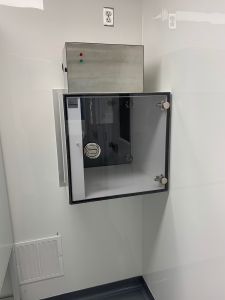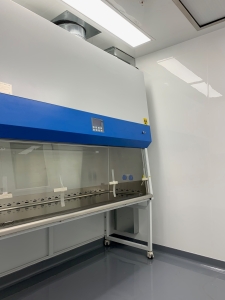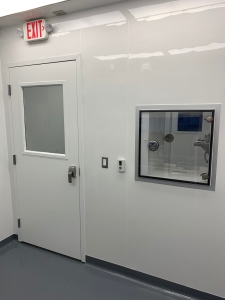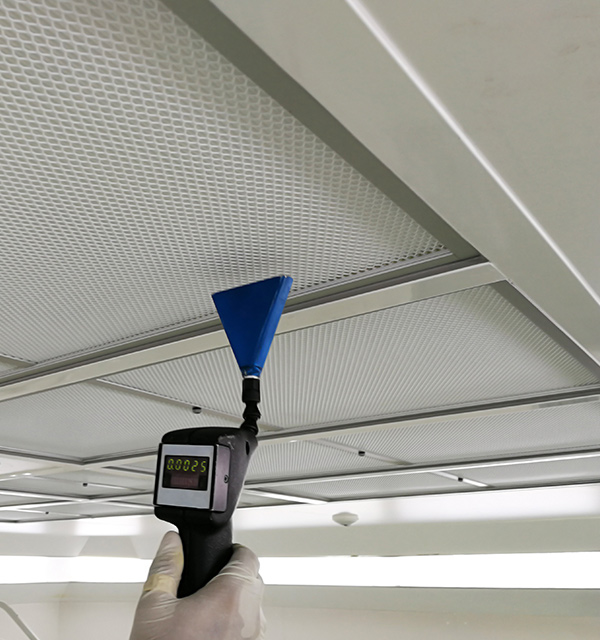503A/503B Cleanroom Consulting, Construction, & Maintenance

Is Your Compounding Facility Registered or Looking to Become a Registered 503A or 503B Cleanroom?
Where do you begin? What is required? Is registration with the FDA necessary? How do you maintain the process? If these are questions you are facing, choose Cleanetics to walk you through the process and ensure that you are on the right path to ensure FDA approval.
Cleanetics has been designing and building 503A/B cleanroom facilities that meet the FDA requirements from design to certification. Working closely with our clients we can develop a cleanroom that meets your sterile compounding regulations and can provide your facility the opportunity for expanded growth. Our staff is highly trained in the 503A/B process and stays up to date on all USP Federal Regulations to keep you in compliance.
One of our past projects consisted of a turnkey design/build cleanroom construction for a 900 sq/ft hazardous compounding pharmaceutical production line facility.

